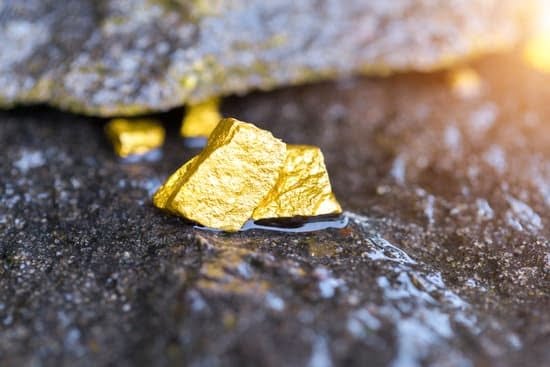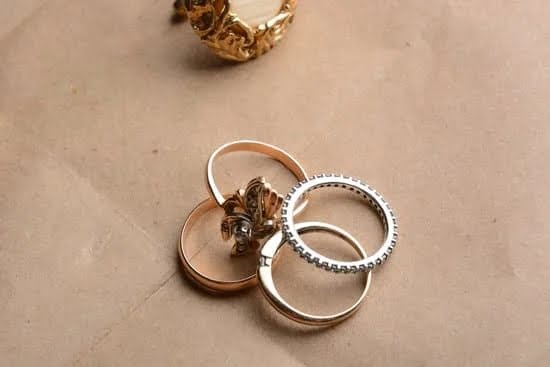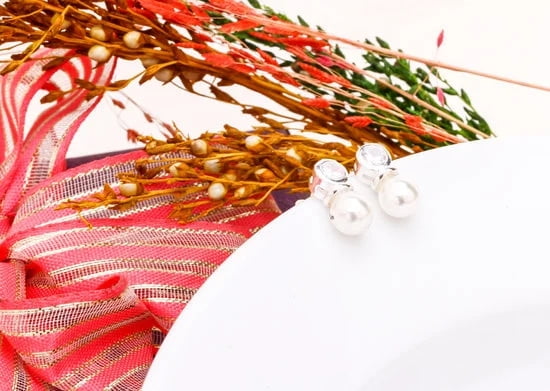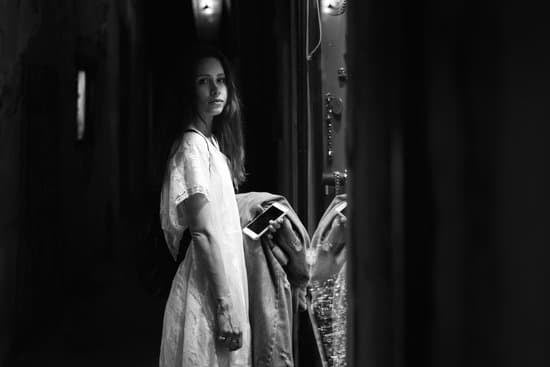Introduction
Jewelry crafting is the practice of creating decorative ornaments and ornaments to be worn. It involves a wide range of techniques, such as bead-weaving, wire wrapping, wood work, and stringing. Depending on the type of project, different materials can be used to create these pieces. Two of the most popular materials are UV resin and epoxy resin. Both materials have their pros and cons when it comes to making jewelry, so it is important to understand what each one has to offer before making a decision on which one might be best suited for your project.
Pros and Cons of UV Resin
UV Resin
Pros: UV resin is a type of acrylic polymer that hardens when exposed to intense ultraviolet (UV) light. It takes far less time than epoxy resin to cure, making faster and easier project completion. Also, it has excellent clarity and strength and is highly flexible with almost zero shrinkage or deformation. Additionally, this type of resin does not emit any fumes as compared to epoxy, which makes it a much more pleasant material to work with. As well, UV resin comes in a variety of colors so you can use it for more decorative purposes on your jewelry pieces.
Cons: Since UV resins are exposed to intense heat they tend to become brittle over time. However, if you use an appropriate sealant between layers, then this may help avoid this issue. Another disadvantage is that the materials needed for using UV resins can be expensive and require certain safety precautions due to the intensity of the light required for solidification., Also some buyers prefer the look of epoxy versus a matte finish that is common with UV resins.
Types of UV Resins:
1)Solidifying ” This type is most common and cures quickly, within 30 seconds-2 minutes when exposed to UV light depending on the thickness of the layer applied. It has excellent accuracy, repairing small cracks with precision.:
2)Flexible ” A more flexible version designed to be resilient against physical impact reducing the chances of breakage in jewelry items made with it. It requires less curing time around 10-20 seconds depending on mixing ratio and thickness of layers.:
3)High Heat Resistant” Specifically designed for projects requiring high heat resistance such as candle molds or lids due frequent exposure in higher temperatures.:
4)Two-Part Mixtures ” This will require mixing two different parts together then curing under an ultraviolet light source typically used by factories producing larger commercial products such as automotive parts or signage using pressure casting.:
Pros and Cons of Epoxy Resin
Epoxy resins are used widely in the production of jewelry. Commonly chosen for their strength, durability and moisture resistance, epoxy resins have a variety of uses depending on what type is chosen. A few popular types of epoxy resin for jewelry making include:
-Clear Casting Resins ” These c ome in two parts and create a clear, glossy finish with good impact resistance. Generally used to replicate objects or cast stones into cavities.
-White Jewelry Resists ” This type features a fast curing time with a brushable consistency that makes it ideal for working in detail and creating intricate shapes. Best used when coating jewelry pieces or bottom casting small items.
-Art Resin” This variety produces an ultra glossy and UV resistant surface that makes it perfect for artwork and unique designs such as triptychs or wall hangings.
Each variety of epoxy resin has its own pros and cons and trade-offs when it comes to working with them so it’s important to experiment and find out which one best suits your needs for your specific project.
Comparing UV Resin and Epoxy Resin for Jewelry Crafting
UV Resin: Curing time for UV resin is very fast, with a period of only 5-10 minutes. The overall process is simple and efficient, making the resin perfect for quick projects or on-the-go jewelry making. It is important to keep in mind that in applying your UV resin, you will need a direct source of UV radiation (natural sunlight, artificial light) which may limit the areas where you can use it. Depending on the surface, this type of resin might also require a few additional layers to prevent any leakage or exposure.
Epoxy Resin: Epoxy resin has much longer curing times than UV resin does, usually taking around 12 hours to fully cure. On the plus side, epoxy resins are known for their endurance and strength and can be used over large areas with no problems since its two components are combined once spread out and applied/pressed down using tools/utensils making it easier to even out and handle bigger pieces. Also an important factor when working with epoxy resin is proper ventilation as its curing process gives off more fumes compared to a UV cured one.
Conclusion
Post-care and Maintenance
Whether you use UV resin or epoxy resin to create jewelry pieces, maintaining them afterwards is an important step for their longevity. Use the following guidelines for post-care and maintenance:
• Store finished pieces away from direct sunlight or heat sources as these can cause damage over time.
• If necessary, clean unfinished pieces with a damp cloth or soft brush and then allow them to fully dry before adding any other components.
• When storing your jewelry pieces, wrap them in soft fabric or tissue paper to protect them from scratches.
• Avoid applying perfumes and body lotions directly onto the surface of your jewelry as these substances can cause discoloration over time.
• Always use a dedicated jewelry cleaning solution if you need to clean the piece further. Make sure you follow the product instructions carefully when doing so.

Welcome to my jewelry blog! My name is Sarah and I am the owner of this blog.
I love making jewelry and sharing my creations with others.
So whether you’re someone who loves wearing jewelry yourself or simply enjoys learning about it, be sure to check out my blog for insightful posts on everything related to this exciting topic!





